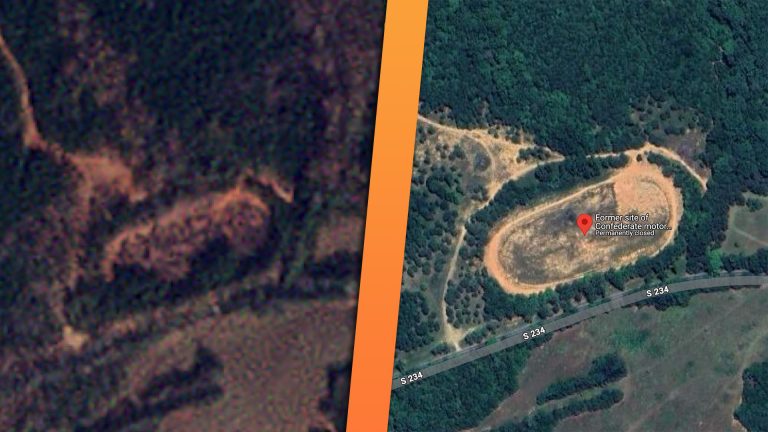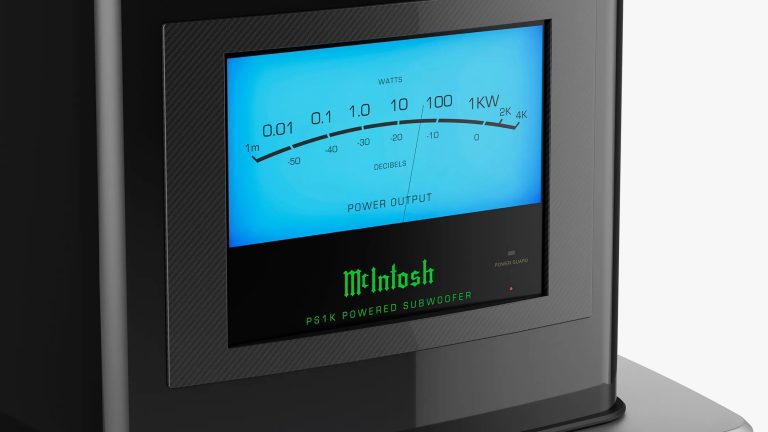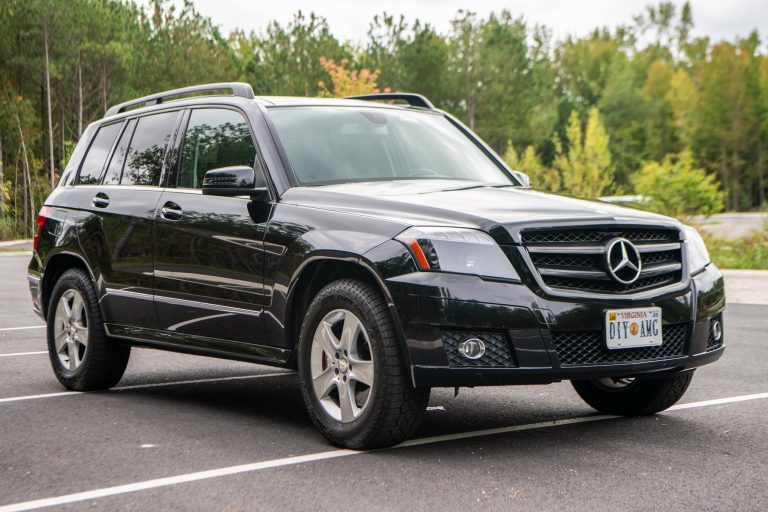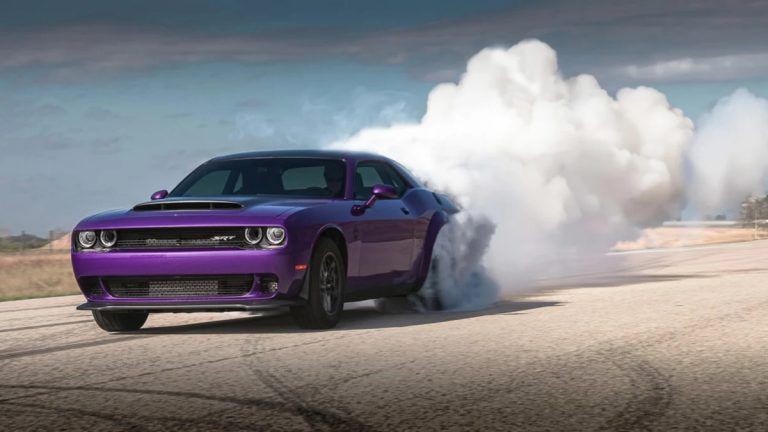Australia Tried Pulling Trains With Semi Trucks. Here’s How That Went

Your average pickup truck might be able to tow a few tons, but a semi-truck can tow close to 30. A train car, though, is another order of magnitude heavier still, with some exceeding 150 tons. Using, say, a semi-truck to tow train cars seems like as good an idea as trying to move a manufactured home with a pickup. But that’s just what one Australian railroad did in a pinch, and it worked better than you’d imagine. Mostly, anyway, because the adaptation had problems that might not be the ones you expect.
This story’s documentation is limited, as some of the primary sources are victims of link rot. The pages are gone; we have only secondhand accounts of what was on them. However, as a supplement to the still-extant primary sources, they’re enough to begin our story sometime in 1995 with the production of a 1996 Western Star Trucks 4900 semi.
This truck would make its way to Australia via Canada (hi Seabiscuit), specifically by way of Brandt Industries, which is suggested to have upfitted it into something called a “road-transferable locomotive.” That’s a road vehicle that can also be used to transport rail cars. It’s basically a hi-rail like the Polaris with drop-down train wheels like the Los Angeles metro uses, but at semi-truck scale. That sounds both like every four-year-old boy’s dream and an impossibly niche piece of equipment—in what scenario could this be the best tool for the job? Well, like it always is with automotive cryptids, the purpose is as unique as the vehicle.
The truck, now designated RTL1, allegedly arrived in Australia to begin testing in January 1996 for a role with its buyer, V/Line Freight, according to Darren’s Gunzel Gallery. This Australian freight railroad had ordered the truck in an unusual specification without dually rear axles, but with full-on Westinghouse train air brakes—in addition to its foot brake. This is according to comments from emdB67, who seems to have firsthand experience of the RTL1.
Both would be used when it fully entered service in 1998, trucking around grain hoppers along a shortline in Victoria. It was supposedly meant to take advantage of its road-rail flexibility to jump between shortlines that came close to each other but had an inconveniently distant junction. In essence, it was a light-duty utility locomotive that could be driven anywhere it was needed. (It’s like the exact opposite of the Bayside Canadian Railway, if that makes sense.) This came with an added benefit that allowed the RTL1 to take on a later job that’d mark the peak of its use in the Summer of 1998.
This was when the RTL1 was relocated to a disused logging line that had a crippling infrastructure problem. It passed over a bridge crossing the River Avon, which had become too frail for a regular train. The relatively lightweight RTL1, however, hauling a handful of lightly loaded timber cars, was still within its limits. And so it served for about three months, making four to as many as 15 trips daily. By January 2000 though, the bridge had been reinforced, and it could take regular train traffic again. The RTL1, now purposeless again, went idle—with its shortcomings now also fully established.
The RTL1 apparently had problems with heavy tire wear, which required frequent tire changes that limited its uptime. The single-tired truck’s drive axles didn’t seem to have great traction on the steel rails, reducing the RTL1’s performance on even shallow grades. Regular locomotives with steel wheels don’t have this issue, as steel’s frictive properties combined with more weight on smaller contact patches actually create great traction. The RTL1 just doesn’t seem to have been as good a tool as V/Line Freight hoped for, which is why the RTL1 was never joined by an RTL2 or RTL3 as was supposedly planned.
But this wasn’t the end of the line for the RTL1, not by a long shot.

V/Line Freight would be bought out by Freight Australia, given a new livery, and used in a track maintenance role where it is known to have moved ballast cars. (Those are for distributing that broken-up stone that forms the foundation of many railroad tracks.) I found further documentation of it moving flatcars in 2015, though the trail goes cold from there.
It doesn’t sound like an especially adventurous life, but in all, almost two decades of use across a continent is as colorful a life as car cryptids get. Especially for train-truck chimeras, which sometimes die rapid, gut-wrenching deaths like Shed 17 characters. That’s, uh, the Thomas the Tank Engine body horror fan film. Yes, I probably do seem like I’d know about that, and no, I wouldn’t recommend watching it.
Got a tip or question for the author? You can reach them here: [email protected]
Source: www.thedrive.com






